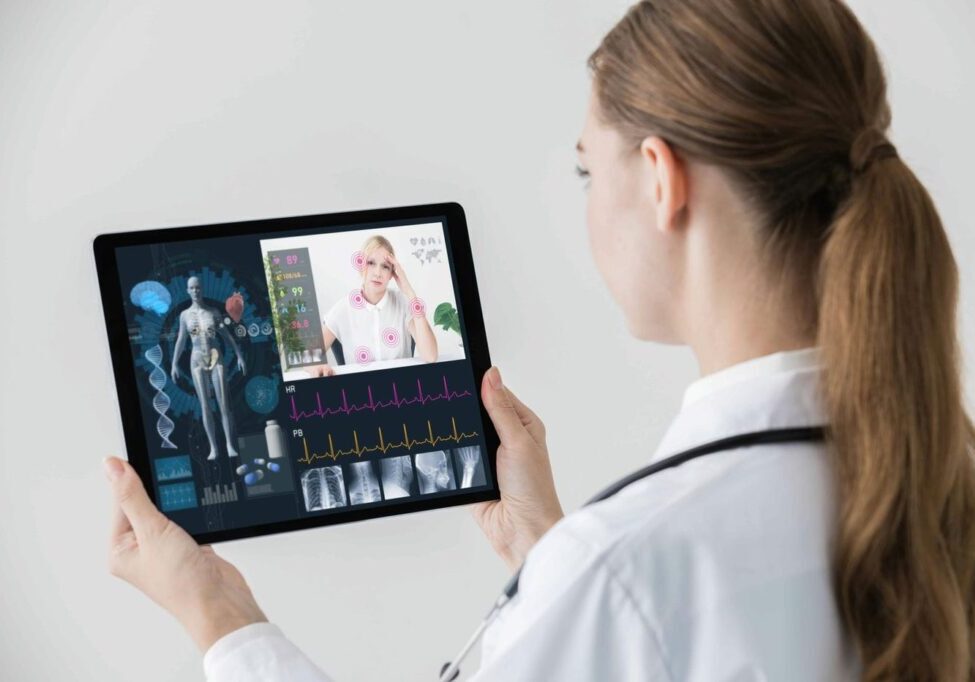
Improving patient experience through the use of technology is a key way to develop and strengthen your practice’s brand. Patients are shopping for their healthcare providers more than ever before, and implementing technology through the more routine aspects of patient care can help you stand out.
Incorporating features and programs like notification reminders, patient portals, home exercise programs, and telemedicine can drastically improve patient experience. Let’s take a look at some of the ways these technologies can benefit your practice.
4 Technologies for Improving Patient Experience
Notification Reminders
While paper reminder cards may add a nice branding touch, they often end up lost or go through the laundry. Very few people are able to save them in a way that will be helpful when the time comes around for your appointment. Their usefulness is limited in scope, especially when the next appointment may be as much as 6 months in the future.
Automated notification reminders through text, voicemail or email have a much higher success rate. You can give patients the choice of how they want to be reached, and your reminders will become much more useful.
Patient Portals
When a patient calls, they expect a timely response. Nurses and doctors are busy people and it’s not always easy to return patient phone calls. When patients utilize a secure patient portal, communication is simplified.
Patients can easily have their questions answered or gain access to HIPAA-sensitive medical records. When the administrative process becomes more fluid it reflects your practice in a positive light, improving the patient experience.
Home Exercise Programs
Home exercises become part of balanced care for so many medical ailments. When proper exercise techniques are communicated through paper brochures or packets, they are easily lost. Computer-based home exercise programs offer patients a more dependable, easier way to learn the necessary exercises.
Home exercise programs can also reduce the number of patient phone calls, asking for a refresher on the exercises and techniques. The easier it is for patients to access their exercise program, the likelier they are to keep current.
Telemedicine
While there are certainly considerations to make before implementing telemedicine inside your practice, it can drastically improve patient experience. When doctors can diagnose using video conferencing technology, it eliminates the need for an in-office appointment.
The time-saving and cost-saving elements of telemedicine are evident. Several states are looking at ways they can make it easier for doctors to practice telemedicine. While it can be a way to cut down on the number of appointments for uncomplicated routine issues, there are certainly cases where in-office care will remain necessary.
Conclusion
Implementing technology can go a long way in modernizing your practice and improving the patient experience. In many cases it can create the differentiation point that will keep patients returning for years to come.
When you implement basic technologies throughout every aspect of your office, you are creating a unique experience and establishing a stronger bond with your patients.
